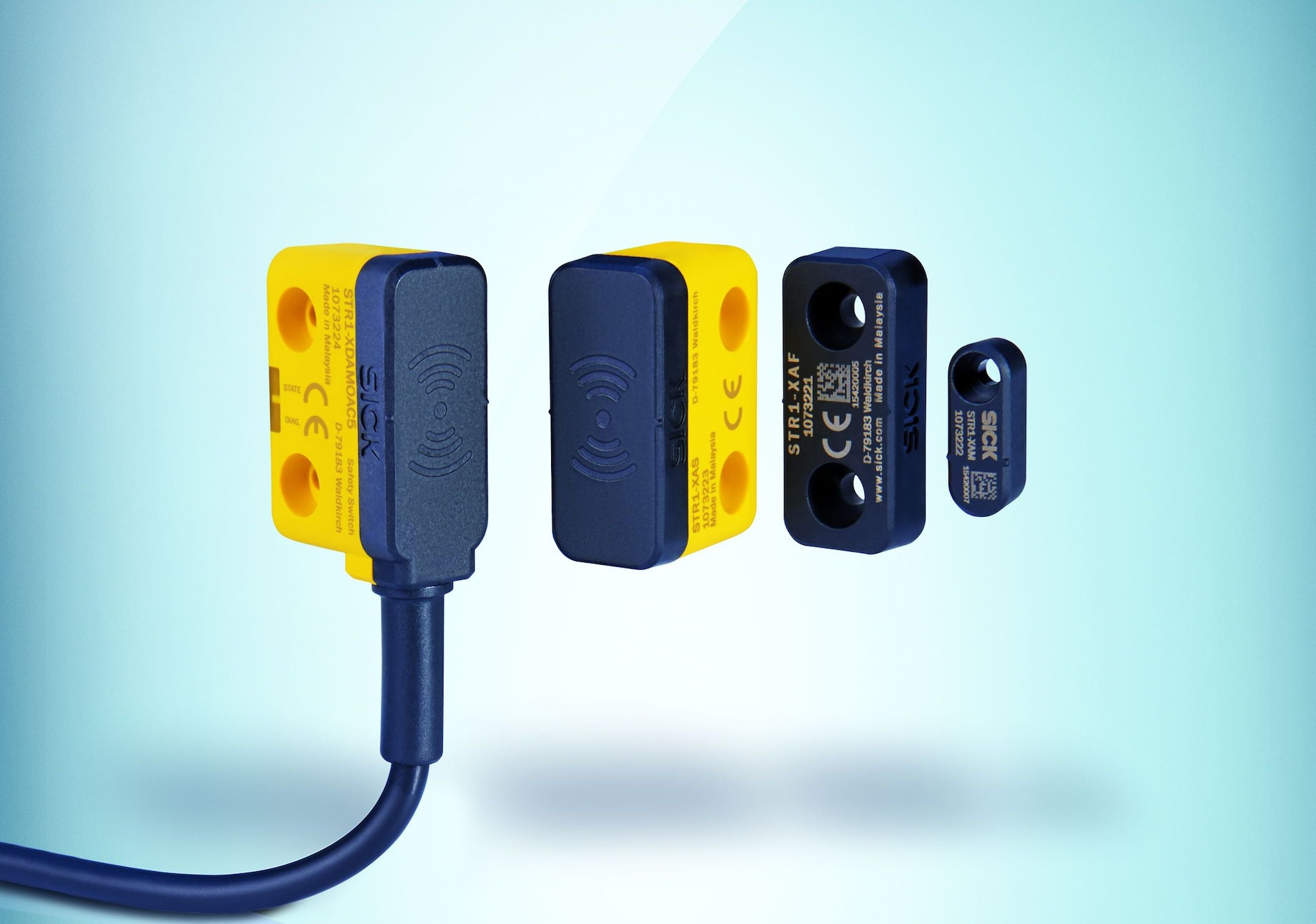Since the end of 2013, the new global standard EN ISO 14119 (Safety of machinery - Interlocking devices associated with guards - Principles for design and selection) has been taking the place of the former European standard EN 1088. The scope of EN ISO 14119 in fact extends to all machines that use interlocking physical guard (protective doors, for example). The new standard defines various types of interlocking devices, as well as outlining the differences between physical operating principles and actuating principles and introducing a qualitative assessment for actuator coding. What is SICKs response to the launch of the new EN ISO 14119?

In the new EN ISO 14119 standard, the focus is firmly on ways in which potential manipulation can be reduced. It provides a methodology for evaluating the motivation to defeat interlocks, and a selection of preventive measures where these are necessary, divided into general measures (relating to the interlocking device) and additional design measures (relating to the machine). The information defines and distinguishes between four interlocking device types, which are used according to the actuation method in question (mechanical or non-contact). Based on these four types and the applicable actuator coding level, necessary or recommended measures are derived for mounting or testing purposes. The description of the advantages and disadvantages offered by each type of technology makes it easier to design and select interlocking devices.
Compliant with the standard, yet flexible: STR1 and TR10 Lock
How has SICK modeled its portfolio of safety switch products in line with the launch of the new EN ISO 14119 standard? By introducing the STR1 transponder safety switch and the transponder- monitored TR10 Lock safety locking device, SICK has given the market access to locking devices that conform to EN ISO 14119 design type four. These are available with a coding level that is as low or as high as is dictated by the coding requirements. Depending on the coding level, the new STR1 and TR10 Lock now enable machine manufacturers to dispense with the need for additional mounting steps such as concealed mounting, mounting outside the scanning range, or an additional interlocking device for plausibility checking purposes.
The STR1 features a compact VISTAL® housing that ensures outstanding mechanical stability. Excellent electromagnetic compatibility (EMC) provides the safety switch with additional ruggedness as well as enabling a high level of machine availability to be maintained. Three actuators in different sizes, three active sensor surfaces, and up to four actuator configurations open up almost unlimited mounting possibilities and make the STR1 flexible and easy to integrate. The STR1 and TR10 Lock feature self-monitoring semiconductor outputs (OSSD) which detect any errors that occur and ensure high levels of safety at performance level PL e (EN ISO 13849).
The safety switches can be used individually or in series, either directly using T-distributors or with the innovative Flexi Loop safe sensor cascade. Thanks to the available coding types (universal, unique, and permanent), the STR1 and TR10 Lock also offer outstanding protection against manipulation. The outputs detect occurring errors. All this is what makes the STR1 and TR10 Lock from SICK so safe and yet still flexible.
- Product information: STR1, TR10 Lock
- Product portfolio: Non-contact safety switches
- More Information: Design and selection of interlocking devices in accordance with EN ISO 14119

